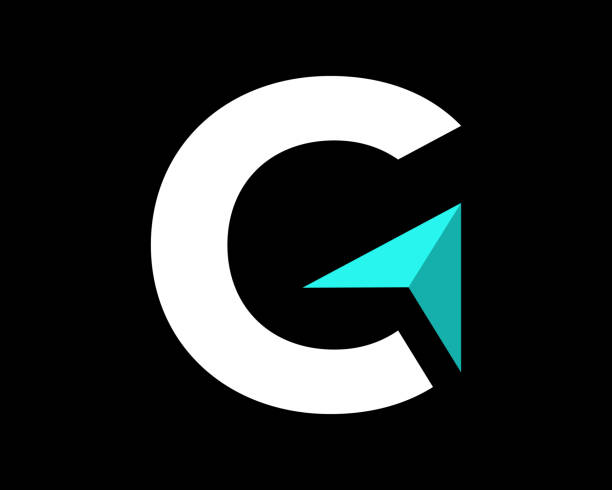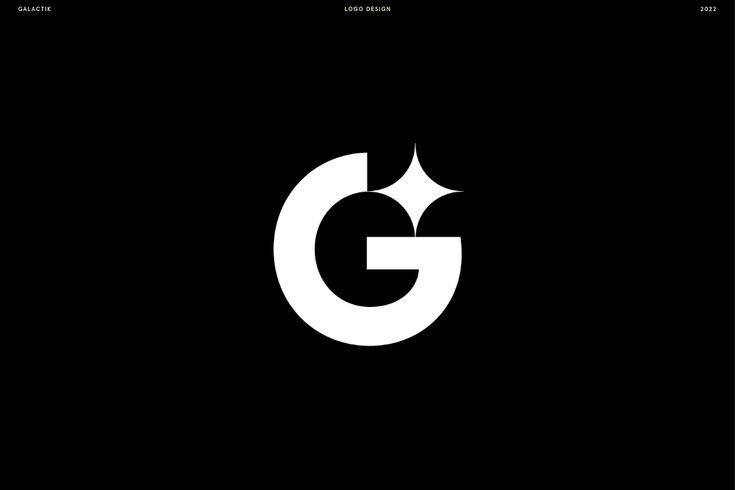Funnels in content writing
You spend hours writing a blog post that you are happy with.. You lovingly edit a video. You come up with the ideal social media caption and press “publish.” You wait for a temporary traffic spike, you get a few likes from individuals who will never be customers, and then. nothing. It is so quiet. You make yourself get out of bed the following morning and go through the entire process again, feeling a little less hopeful each time.
I’ve been a strategist in this space for more than a decade, and clearing up the wreckage of aimless content strategies is my specialty. Trust me, your case is not uncommon. The issue isn’t that you’re lazy, or that your ideas suck. The issue is that your content doesn’t have a job. It’s a disconnected string of yells into a noisy room.
Your site is a stunning storefront with no paths to it. You’re lacking the most crucial component of the puzzle: a funnel. It’s the astute plumbing that ties everything together, bringing a person from “Who are you?” to “Here’s my money.”
It’s Not About More Content, It’s About Smart Content
For years, gurus have been repeating the mantra “content is king.” It’s a half-truth that’s risky. In today’s oversaturated digital landscape, amazing content for its own sake is merely adding to the noise. The “spray and pray” approachwriting content and hoping someone accidentally finds it and purchases from youis a recipe for burnout and disaster.
An intelligent content funnel isn’t like that. It’s a digital trail of breadcrumbs. It’s a path you design for your perfect customer, honoring the fact that their path doesn’t occur in one sitting. It recognizes that a connection must be established. Your task is to construct the journey that makes this process feel intuitive, supportive, and unavoidable that is the aim of funnels in content writing .
The Three-Step Journey You Need to Construct
Conceptualize this whole process as developing a relationship. You cannot hurry it along. Every step involves a different type of conversation and a different bit of content to support it.
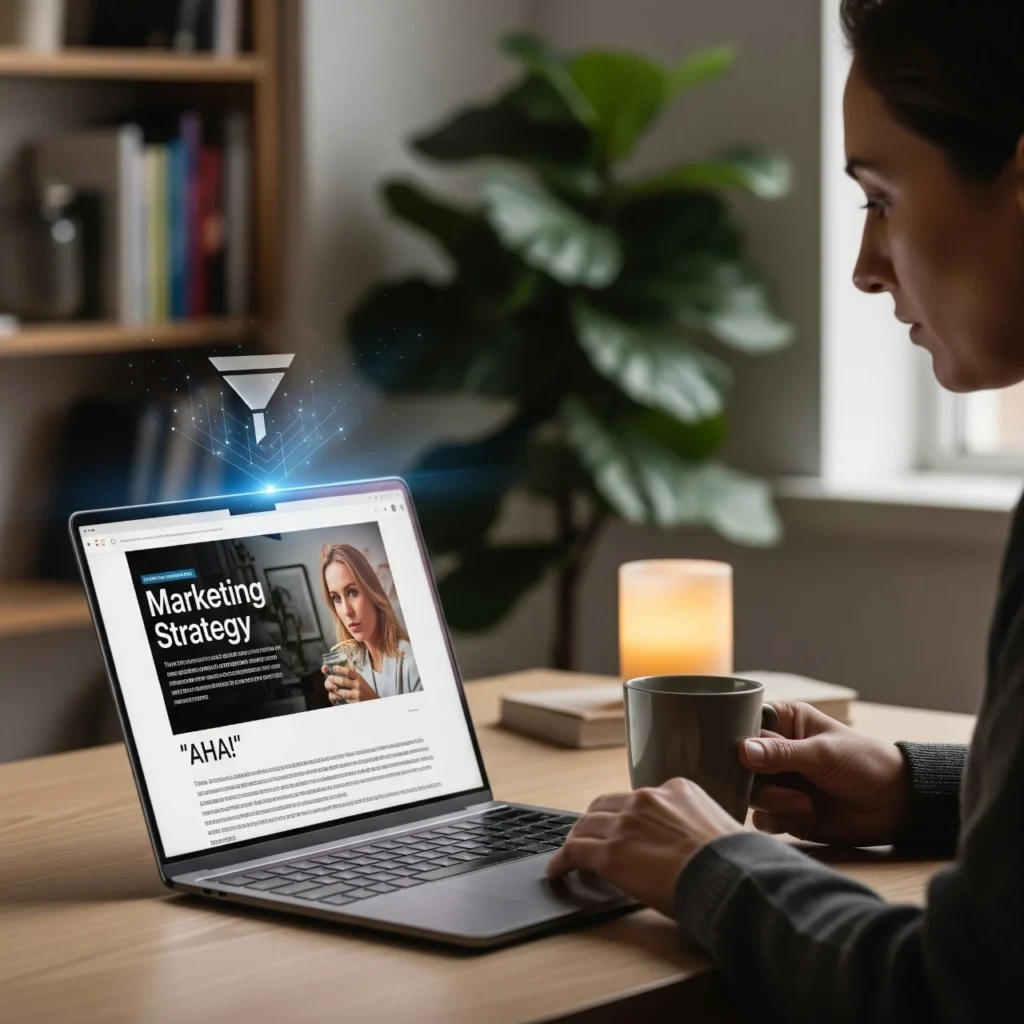
Step 1: Top of the Funnel – TOFU
At the moment, your prospective clients are out there with a problem they are unable to fix or a query they are unable to answer. They are unaware of your brand and, to be honest, don’t give a damn.They care only about their problem. They use broad query-based keywords in their search, such as “how to sleep more” or “what is a good project management tool?”
Your aim here is to just be the most useful person in the room. You answer their questions freely, with no agenda and no sales pitch. at that time we use funnels in content writing to improve attraction
Good “how-to” blog posts, brief instructional videos, simple checklists, thought-provoking podcasts, and quick-tip graphics for social media are examples of content that works well here.
The Vibe: Educational and empathetic only. You are a teacher, not a salesperson. You are establishing goodwill and getting on their radar as a trustworthy voice. that is funnels in content writing
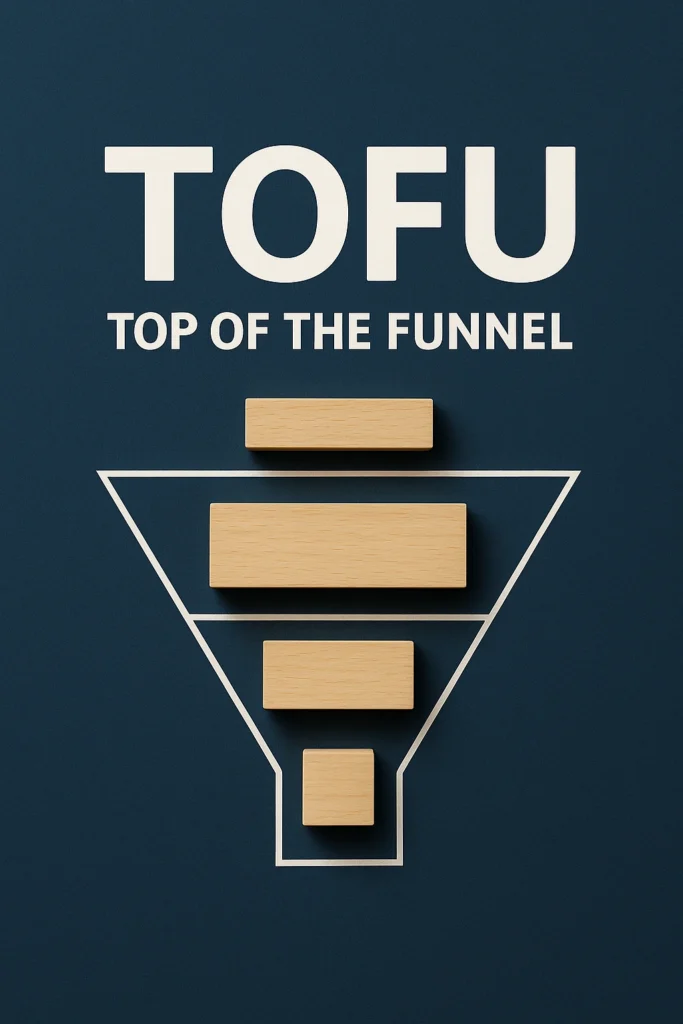
Step 2: Middle of the Funnel – MOFU
You’ve shaken hands. They know your name. Now let’s build the relationship. This is the coffee date. They’re now “solution aware” they know their problem and are actively searching for ways to solve it. Their searches become more specific: “best mattresses for side sleepers” or “Trello vs. Asana comparison.”
This is where you trade. You’re giving them a snippet of highly valuable, in-depth content for their email address. This is the point at which a passive observer transforms into an engaged participant
Their email is precious, and your offer needs to be worth it.
Content That Works Here: In-depth e-books, comprehensive case studies showing your results, exclusive webinars, white papers, free email mini-courses.(funnels in content writing)
The Vibe: You are the go-to expert. You confidently explain why your solution or method is the best.. You’re not simply assisting anymore; you’re leading them onto a particular course—yours.
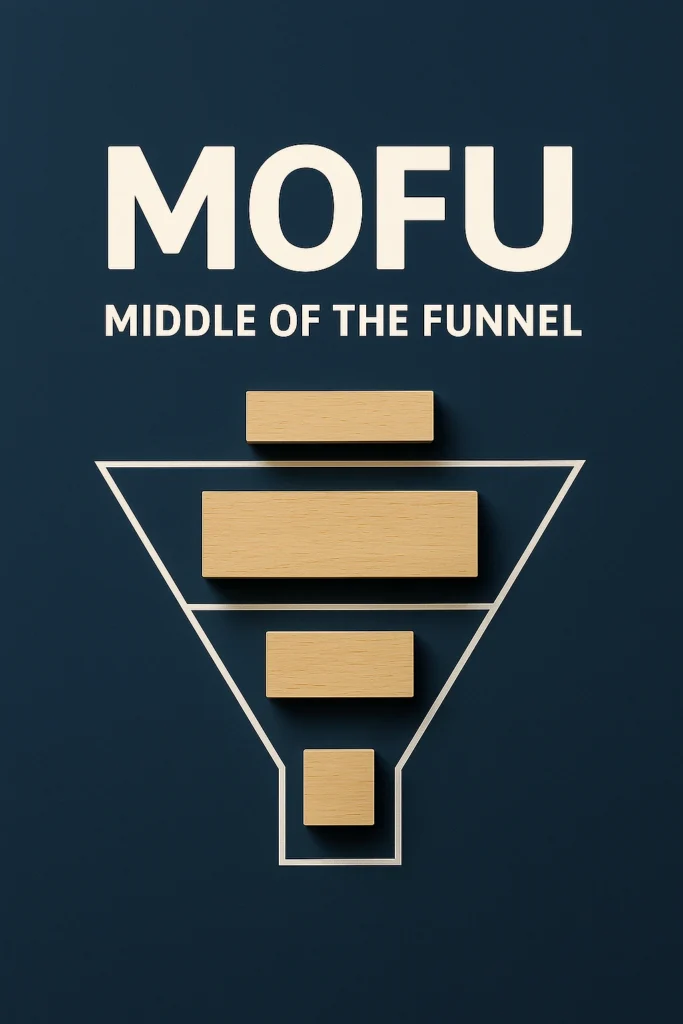
Step 3: Bottom of the Funnel – BOFU
The bond is there. They trust you. They’re about to make a decision. They are now searching with branded and high-intent keywords such as “[Your Brand] pricing” or “buy [Your Product].” Your duty is to make the final offer and make it an absolute no-brainer for them to agree.
The focus is on handling final objections and establishing trust.. It must speak to last-minute doubts: Is this too costly? Is it difficult to do? If I don’t get along with it, what will happen?
It’s all about gaining confidence at this point. Give them a demo so they can see it in action. In videos, let actual customers speak for themselves. Answer their questions by taking a free call. Give them a last push with a special offer and be open and honest about your prices.
The Vibe: Confident and direct. You are entitled to request the purchase. Be assured, succinct, and very clear about the advantages of doing business with you.(funnels in content writing)
.
The Crucial Glue: A Call to Action That Actually Works
This is where 90% of funnels fail. You can have world-class content, but unless you tell people what to do next, they’ll do nothing. A piece of content with no Call to Action (CTA) is a dead end.
And for goodness’ sake, don’t use weak, passive CTAs such as “Click Here” or “Submit.” A good CTA is specific and value-driven.
Weak: Click Here
Strong: “Download Your Free Productivity Guide Now!”
Weak: Learn More
Strong: “Watch the 5-Minute Demo Video”
Your CTA must be a clear, undeniable road sign announcing the next step of the journey.
So, Is It Actually Working?
Don’t create it and abandon ship. You must know whether or not your funnel leaks. It’s easy:
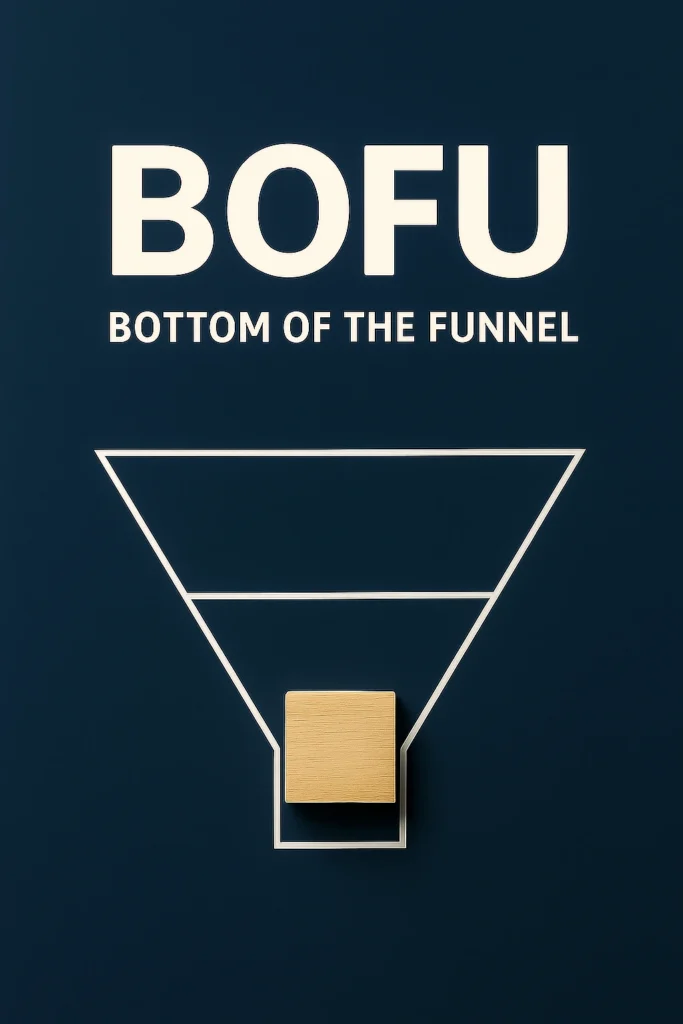
At the Top (TOFU): Are you receiving traffic? Are new individuals coming to your blog posts
and videos?
In the Middle (MOFU): What is the percentage of individuals seeing your e-book offer and then downloading it? That’s your lead conversion rate. is it funnels in content writing
At the Bottom (BOFU): How many demo requests or free trials are you receiving? And eventually, how many of those convert to sales?
Monitoring these numbers informs you of where the holes are so that you can fill them.
Examine the most recent five funnels in content writing
What was their job? Where did they lead? If the answer is “I don’t know” or “nowhere,” you know exactly what you need to do. Stop spinning the wheels and start building funnels in content writing
